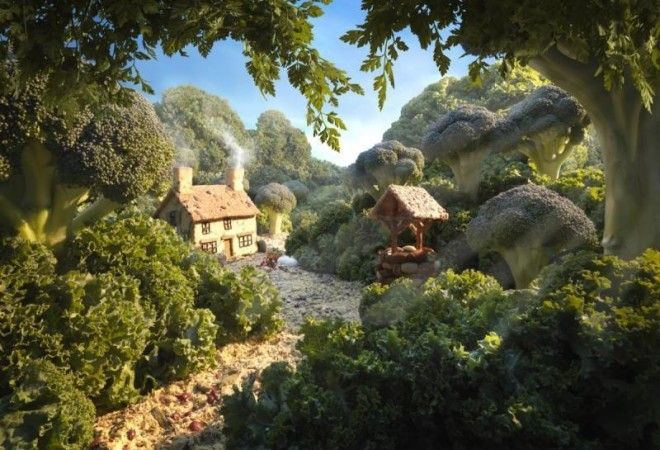A trained still-life photographer, Warner's career in advertising photography gave him the skills to create "Foodscapes," a series of images made entirely of food replicating classic landscape photography. While at first making these images was simply a personal project, Warner's dedication to the craft brought him media attention in 2008, and two years later, he landed a book deal, resulting in "Food Landscapes."
Look ahead at these surreal, non-traditional landscapes, and learn the technique behind Warner's masterpieces.
Foodscapes are created in Warner's London studio. There he builds the scenes atop a large triangular table that is 12 feet across, and nine feet deep.
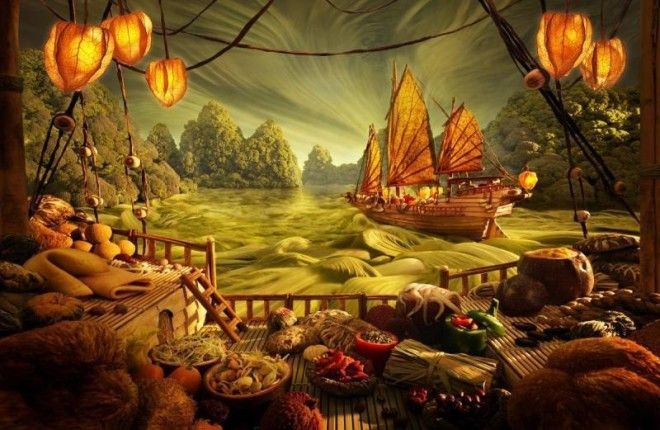
Every Foodscape scene begins as a sketch drawn by Warner. This sketch serves as the "blueprint" for the final finished product.
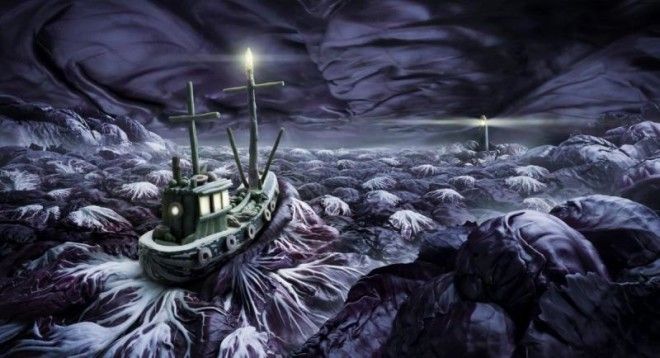
Warner takes his time on the renderings. "I tend to draw a very conventional landscape using classic compositional techniques," he says.
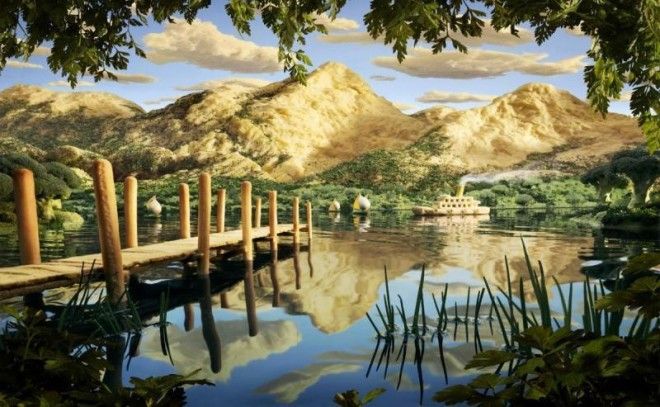
He works closely with a food stylist to help bring his visions to life. Together, they decide on the best ingredients to use to build every aspect of the scene.
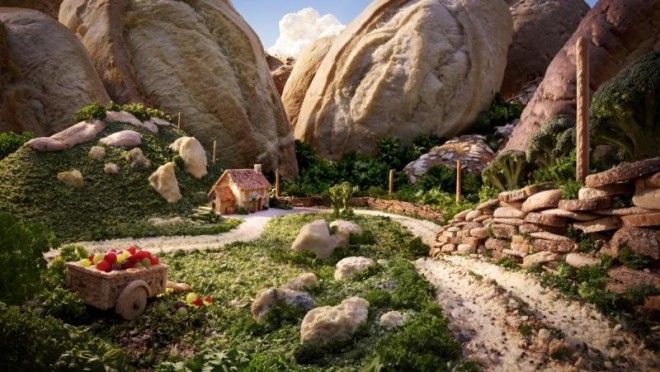
The Foodscapes are photographed in layers, from foreground to background, and the final version is put together in post-production.
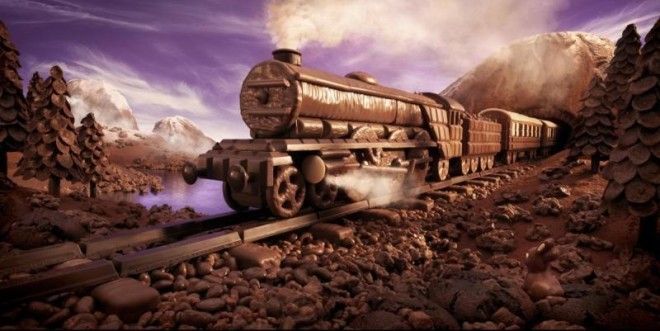
Warner must work quickly, as the food tends to droop under the studio's hot lights. "Things like fresh herbs are a nightmare as they wilt and dry out before your eyes," he says. "I tend to use a lot of curly kale, as
it tends to look good for hours."
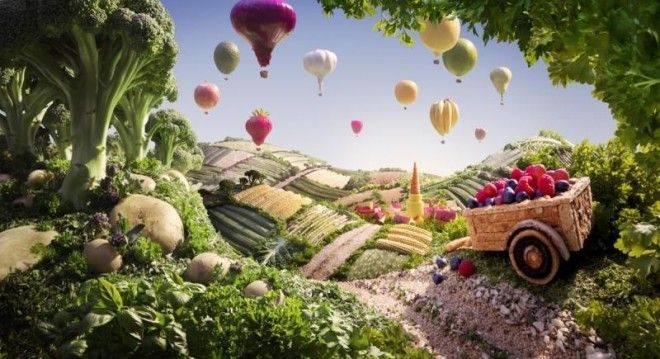
Warner likes creating a "natural" light look to his Foodscapes, which he does using a combination of tungsten and strobe lighting equipment.
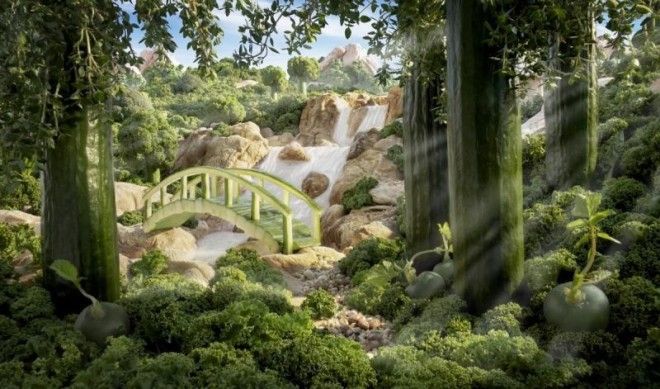
After a rendering is approved, and the food has been bought, a single image can take up to three days to build and photograph.
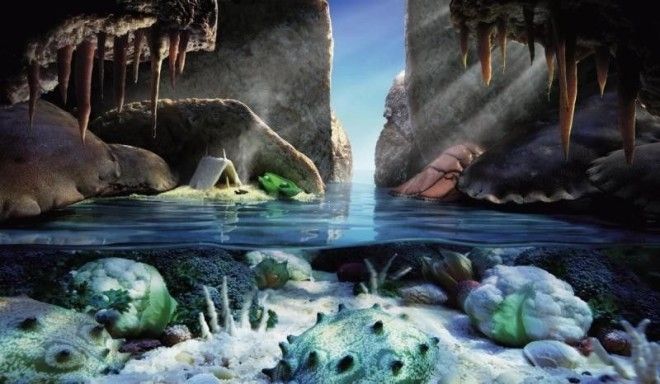
Once shot, Warner leaves a couple of days for retouching and blending the layers together for a polished, seamless, finished look.
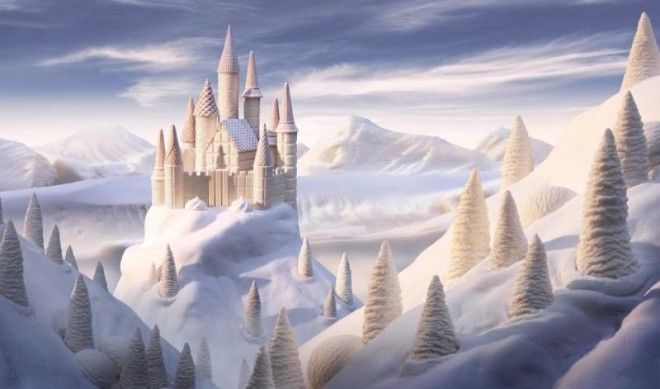
Warner's goal is to fool the viewer at first glance. "It is the realization that the scene is in fact made of food that brings a smile to the viewer, and for me, that’s the best part,” he says.
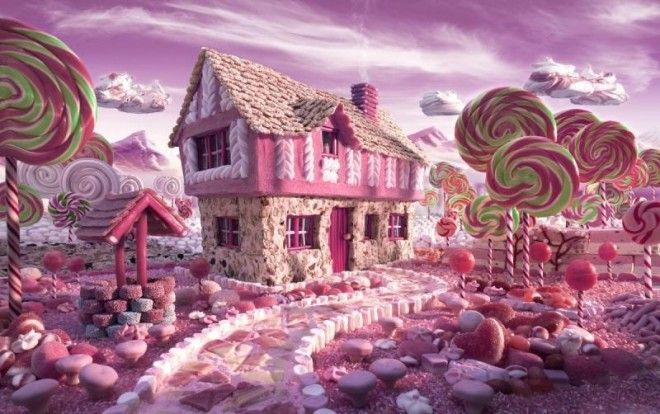
Warner's work challenges viewers to look at food in a different way, and he advocates healthy eating. "For me, it is about making cooking a relaxing and pleasurable pursuit that you can have with your partner or your family. Unless we develop a food culture with this in mind we will be destined to become more unhealthy as a society," he says.
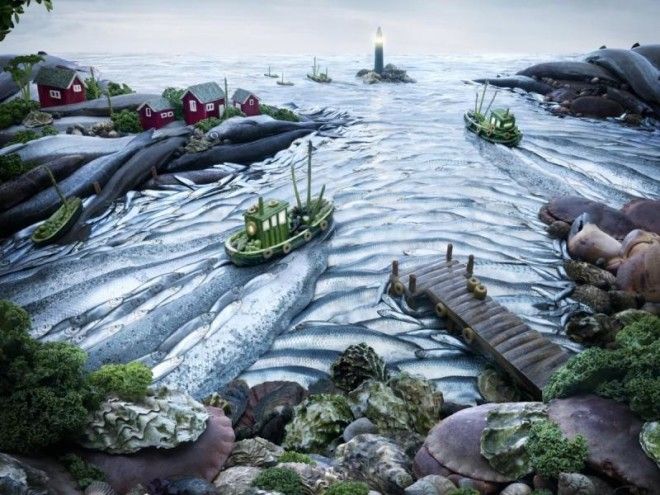
Although by the end of a shoot much of the food has been super glued or pinned, “there is a lot of food left over which is always shared out with the team or donated to homeless shelters," he says. Here, Warner is pictured working on what he calls one of his most difficult shoots.
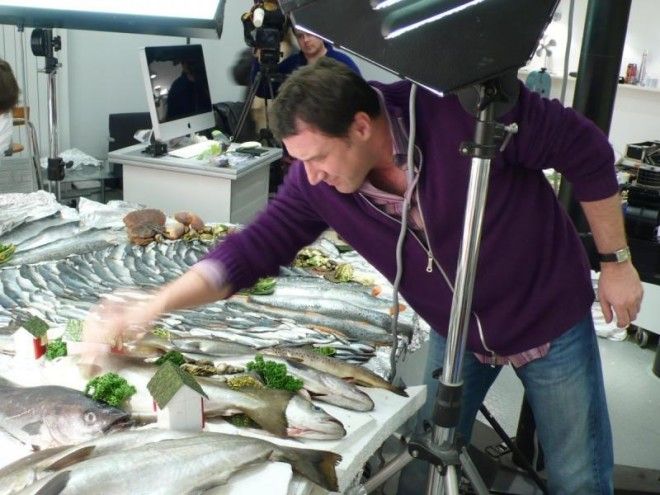
Warner claims his photography series has made him more creative in the kitchen, combining foods and flavors that might not traditionally go together.
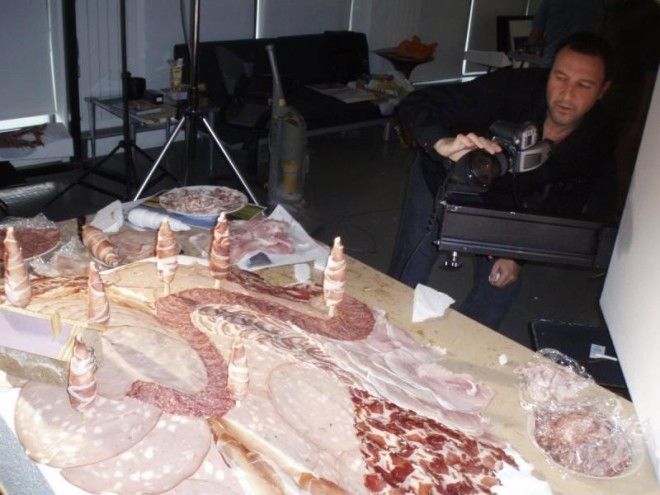
He promises that outside of the studio, he never plays with his food. In fact, he holds it in high regard.
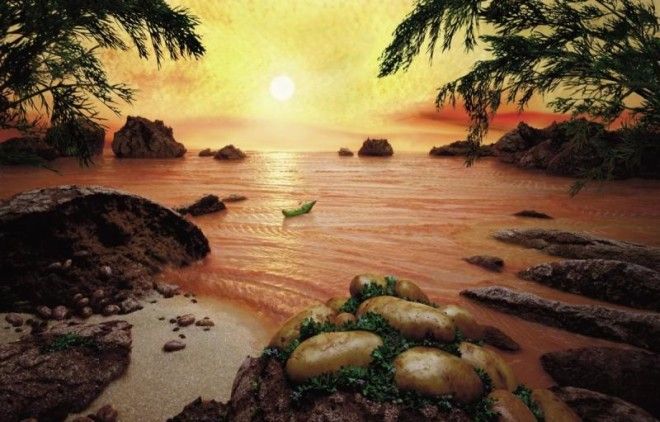
In Warner's opinion, "food is one of the most important aspects to our lives, our societies and our cultures. To celebrate it in art is a celebration of the very thing that sustains us."
